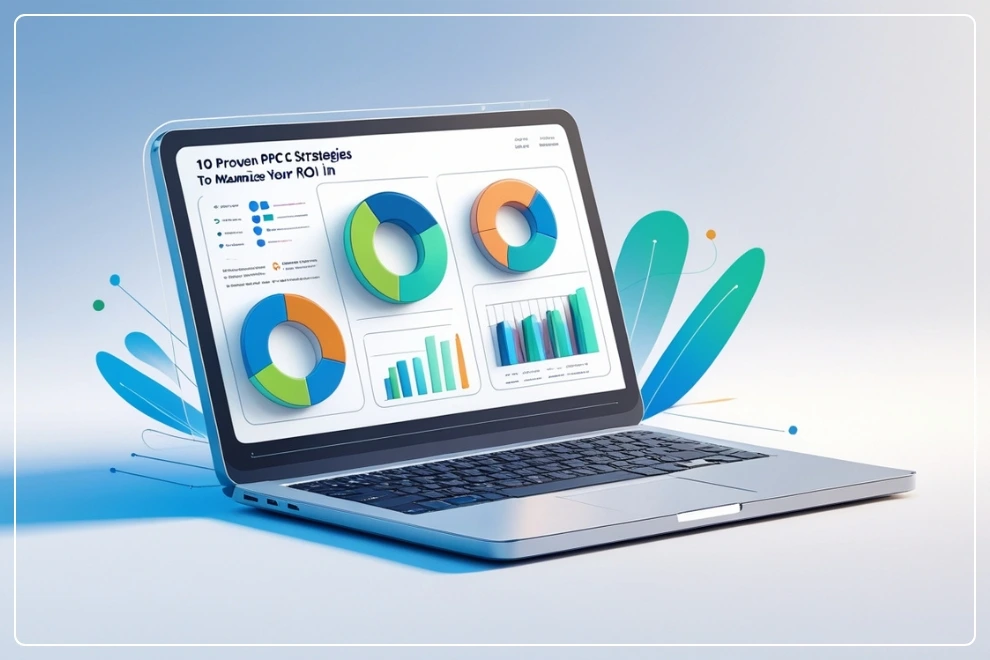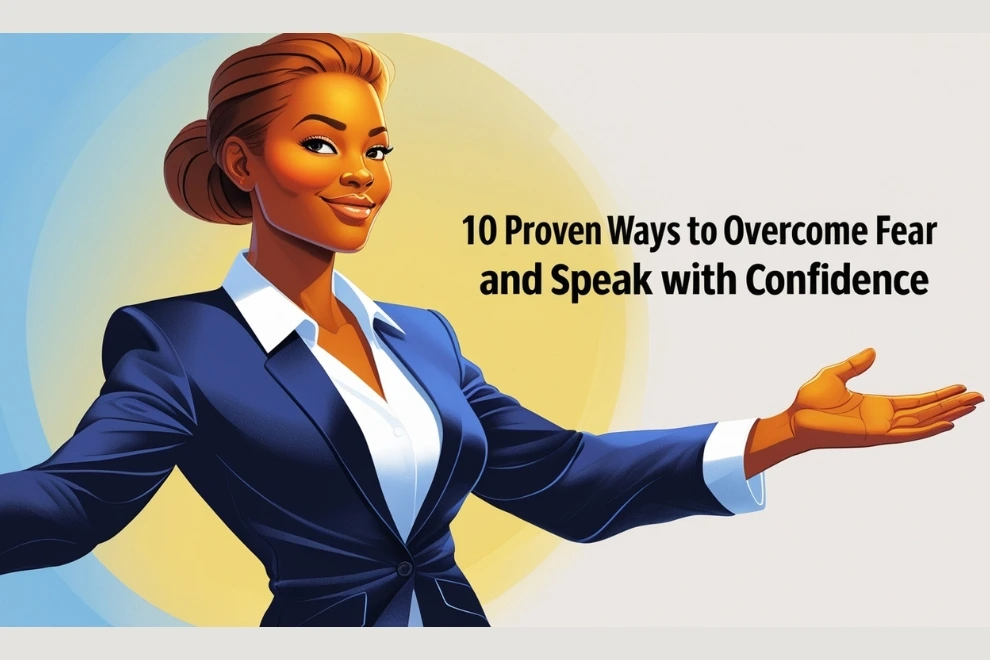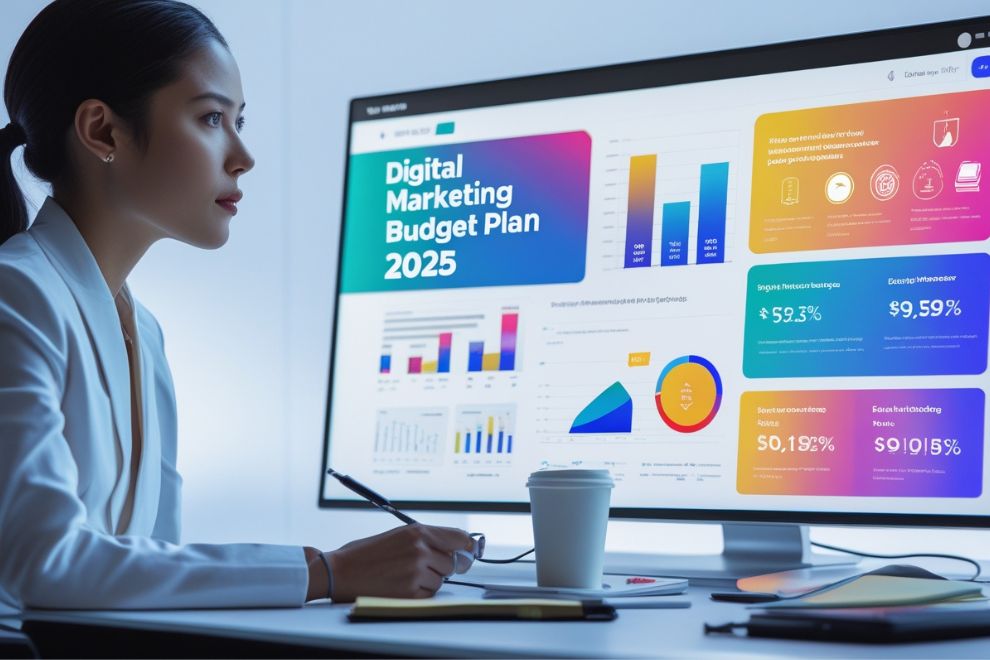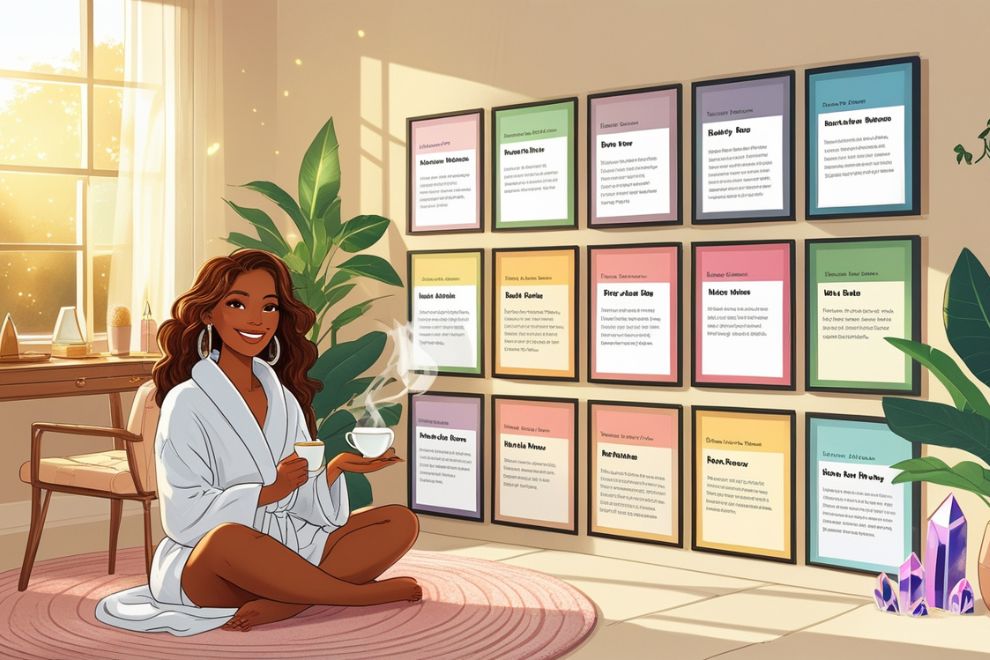10 Proven PPC Strategies to Maximize Your ROI in 2025
Pay-per-click (PPC) advertising remains one of the most powerful digital marketing tools to drive targeted traffic, generate leads, and increase sales. However, simply running a campaign is not enough; you need effective PPC strategies to optimize your campaigns and maximize your return on investment (ROI). In this blog, we’ll discuss ten proven PPC strategies that will help you achieve outstanding results in 2025. 1. Leverage AI and Automation One of the most effective PPC strategies in 2025 is utilizing artificial intelligence (AI) and automation. AI-powered tools can analyze vast amounts of data to optimize bidding, ad placement, and targeting. Google Ads and Microsoft Advertising offer automation features such as Smart Bidding, Responsive Search Ads, and automated rules, which help improve campaign efficiency and ROI. 2. Optimize Keyword Targeting Effective keyword targeting is essential for successful PPC strategies. Conduct thorough keyword research using tools like Google Keyword Planner, SEMrush, and Ahrefs to identify high-performing keywords. Focus on: 3. Implement Audience Segmentation Segmenting your audience is one of the most crucial PPC strategies for better targeting and personalized messaging. Utilize customer data to create segments based on: Using audience segmentation, you can tailor ad copy and landing pages to different user groups, increasing engagement and conversion rates. 4. Focus on High-Converting Ad Copy Your ad copy plays a significant role in the success of your PPC campaigns. To enhance performance: 5. Utilize Remarketing Campaigns Remarketing is a powerful PPC strategy to re-engage visitors who previously interacted with your website but didn’t convert. Platforms like Google Ads and Facebook Ads allow you to target these users with customized ads, encouraging them to return and complete their purchase. Dynamic remarketing ads, which show users the exact products they viewed, are particularly effective in boosting conversion rates. 6. Optimize Landing Pages for Better Conversions Even the best PPC strategies will fail if your landing pages are not optimized. Ensure that your landing pages: 7. Take Advantage of Video Ads Video ads are gaining popularity as one of the most engaging PPC strategies. Platforms like YouTube, Facebook, and TikTok offer excellent opportunities to reach a larger audience. Video ads help: To maximize results, keep video ads short, engaging, and optimized for mobile users. 8. Test Different Bidding Strategies Choosing the right bidding strategy is crucial for PPC success. Experiment with different options based on your goals: By testing and refining your bidding approach, you can ensure your PPC strategies align with your objectives. 9. Use Ad Extensions to Improve Visibility Ad extensions enhance your PPC ads by providing additional information and increasing click-through rates (CTR). Some essential ad extensions include: Using ad extensions can make your ads more informative and appealing to potential customers. 10. Continuously Monitor and Optimize Performance One of the most important PPC strategies is ongoing monitoring and optimization. Regularly review campaign performance metrics such as: Utilize analytics tools like Google Analytics, Google Ads reports, and third-party platforms to identify areas for improvement and make data-driven decisions. Proven PPC Strategies For Maximize Your ROI in 2025 Mastering PPC strategies is essential for businesses looking to maximize ROI in 2025. By leveraging AI and automation, optimizing keywords, improving audience targeting, and continuously refining campaigns, you can achieve better results and outperform competitors. Implement these ten proven PPC strategies to take your advertising efforts to the next level and ensure a high return on investment. Are you ready to optimize your PPC campaigns? Start implementing these strategies today and watch your ROI soar!









